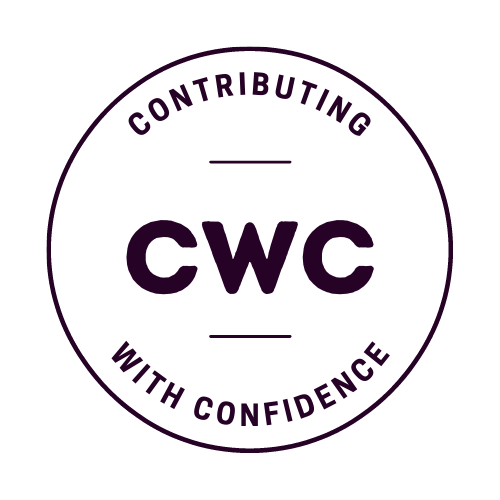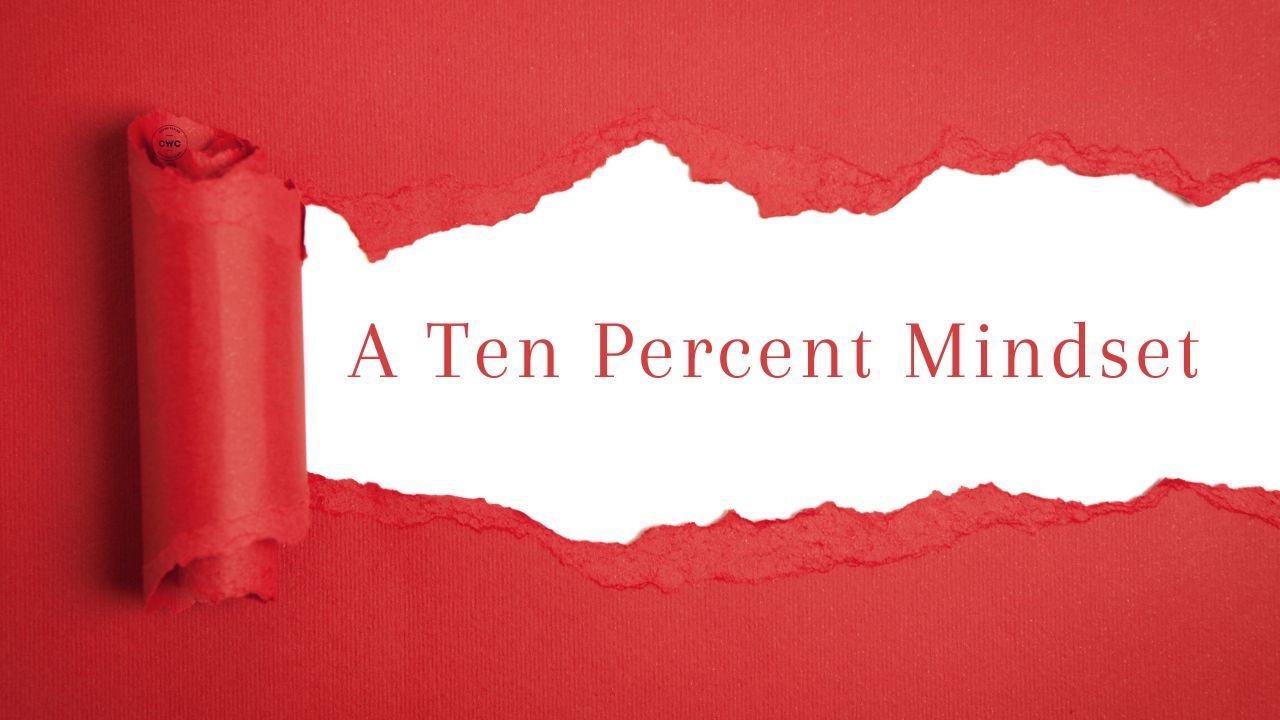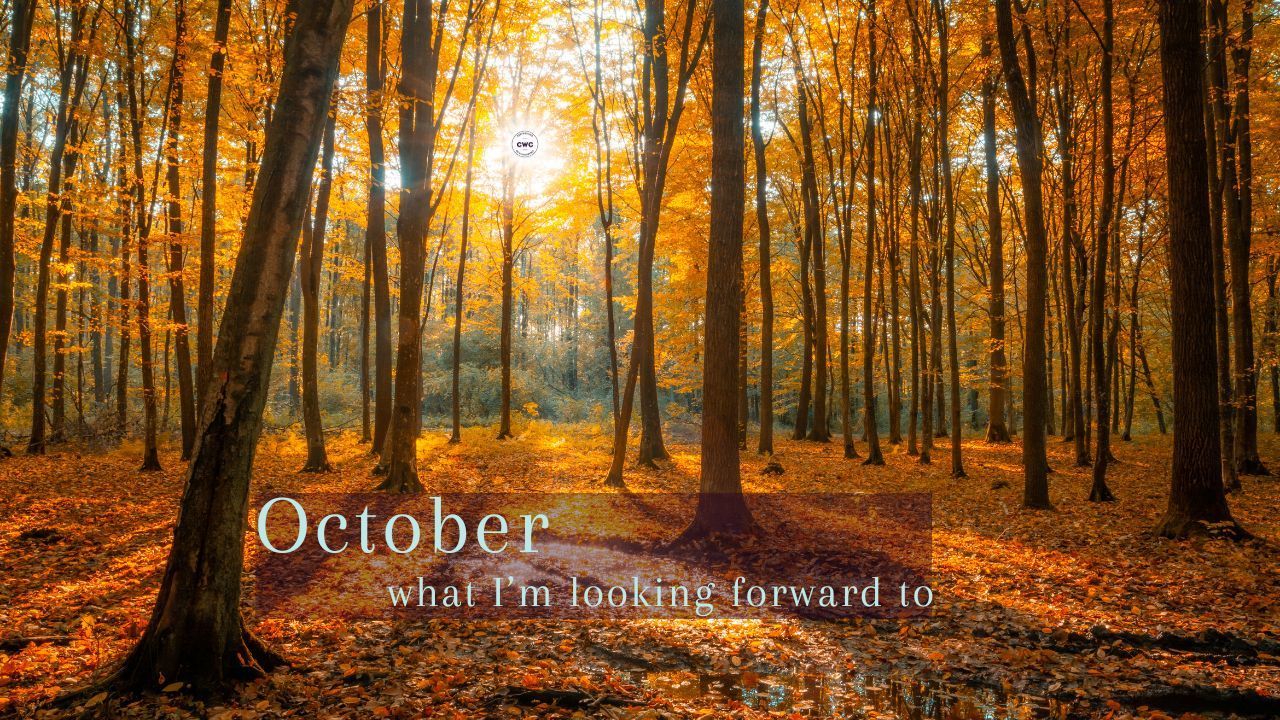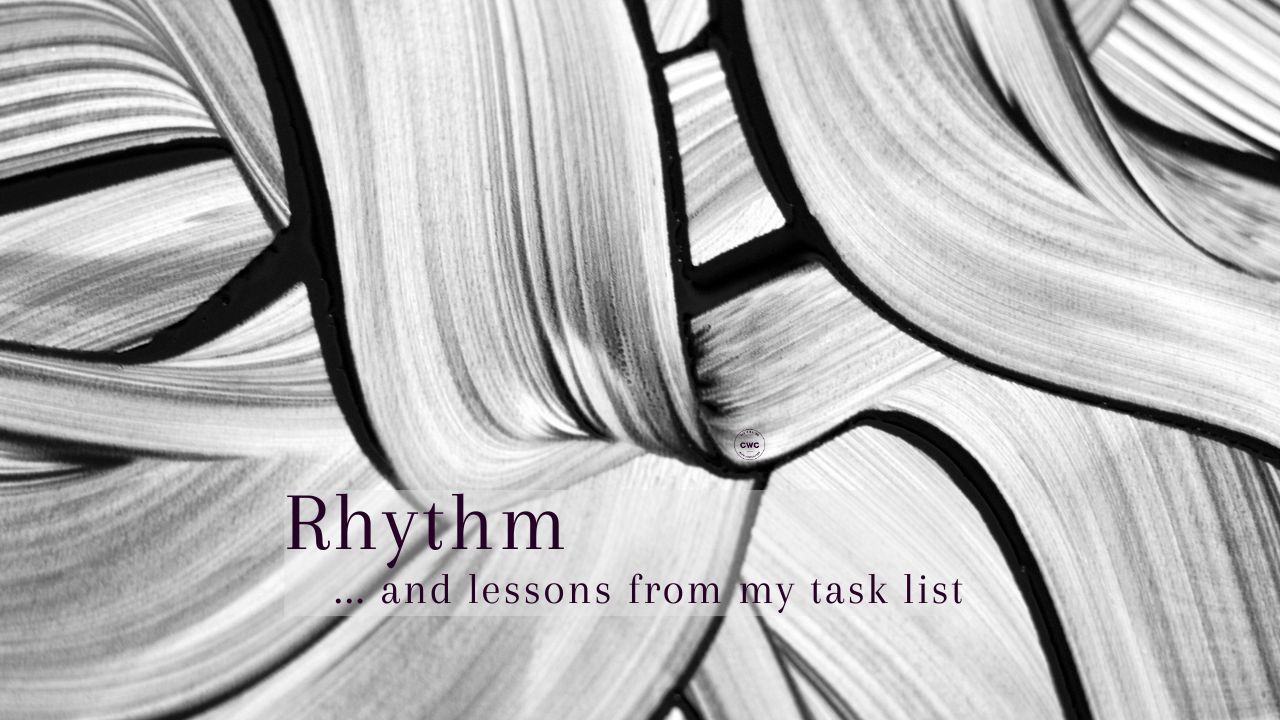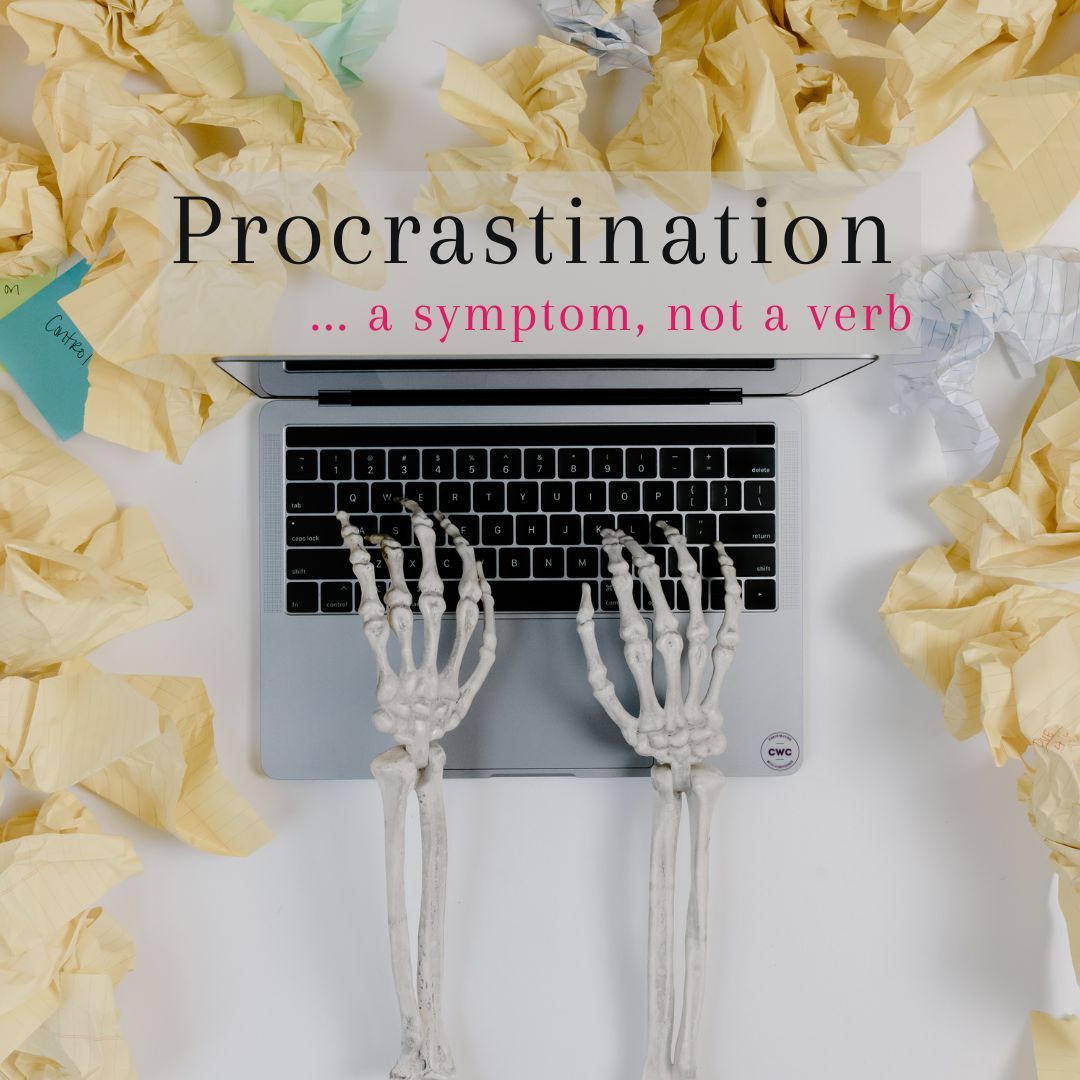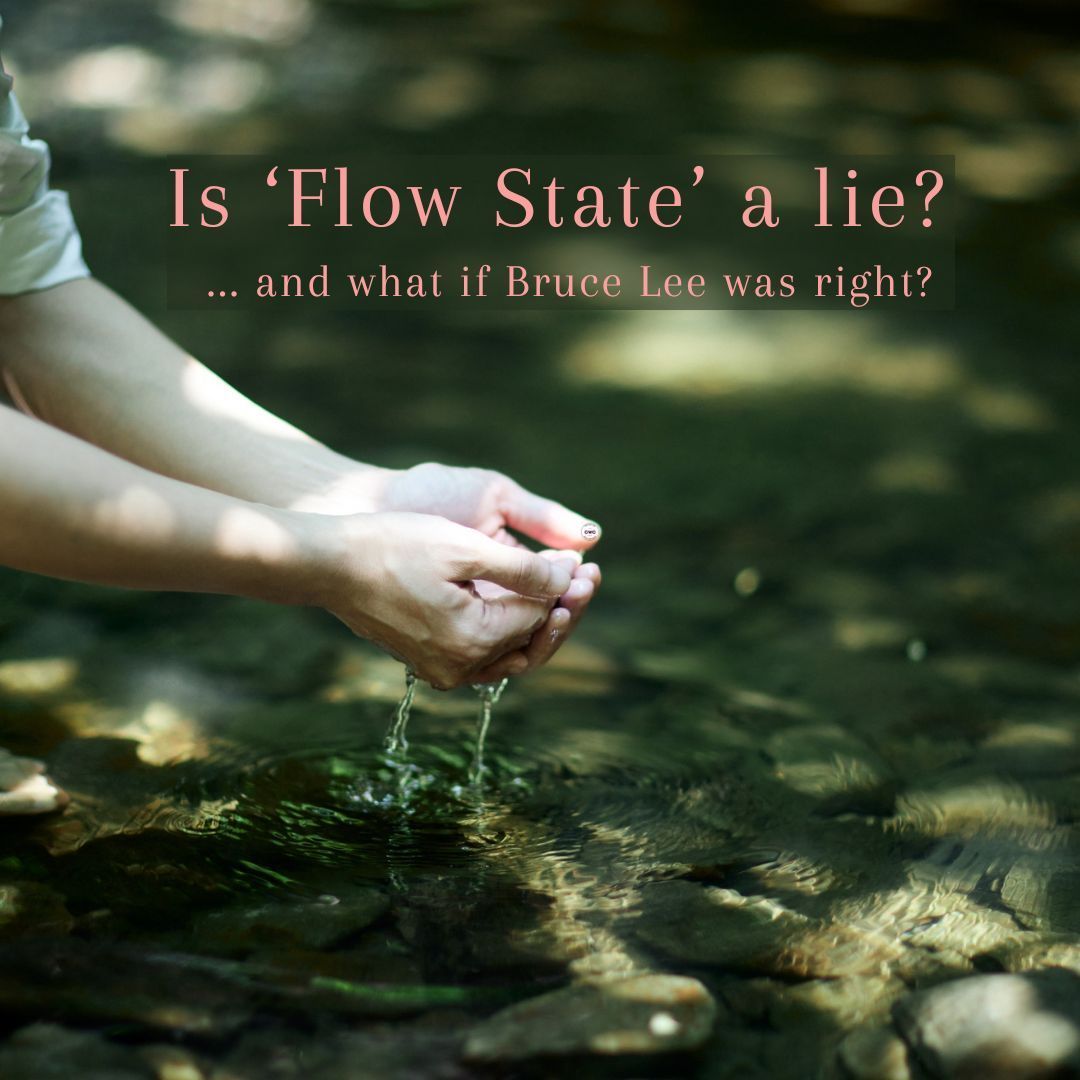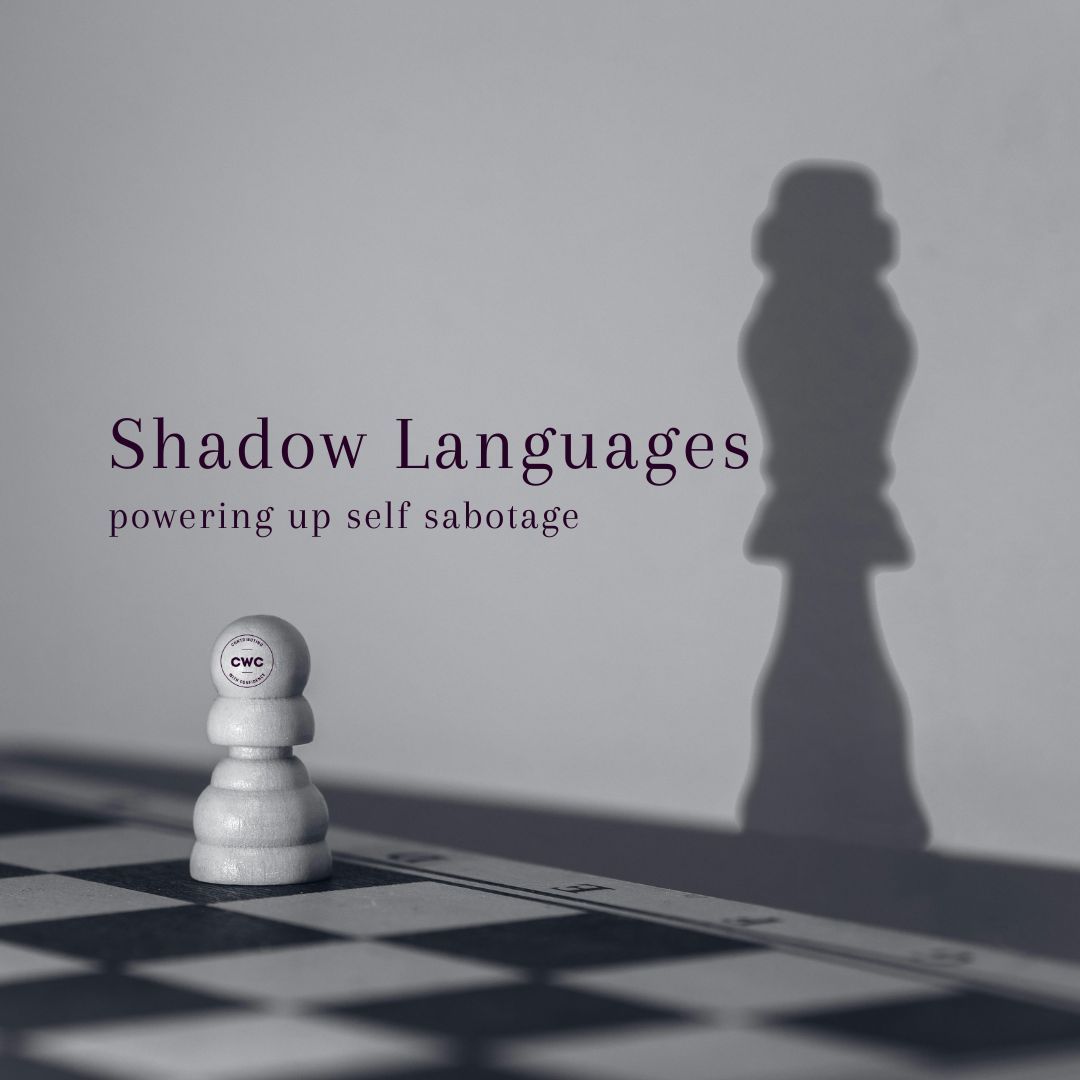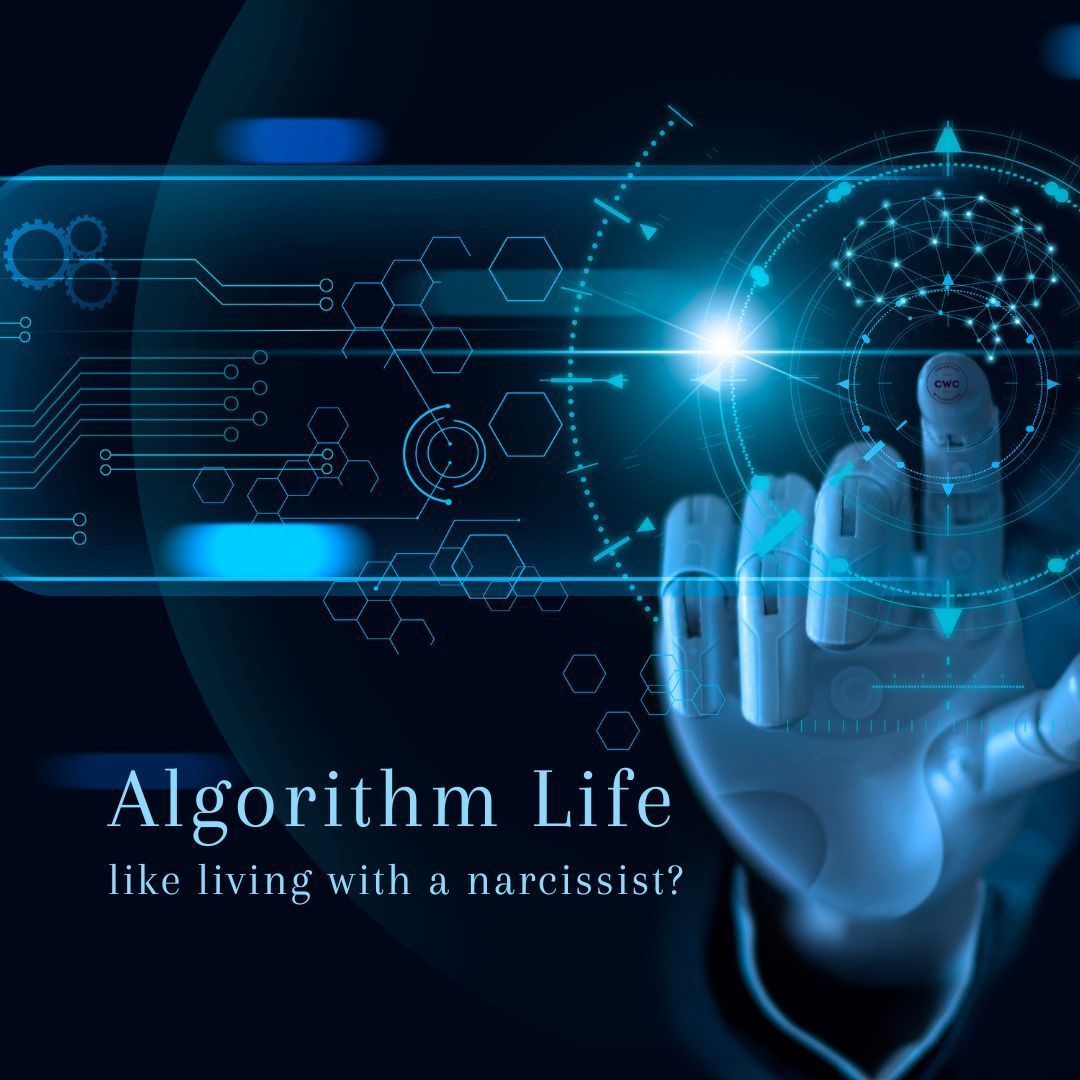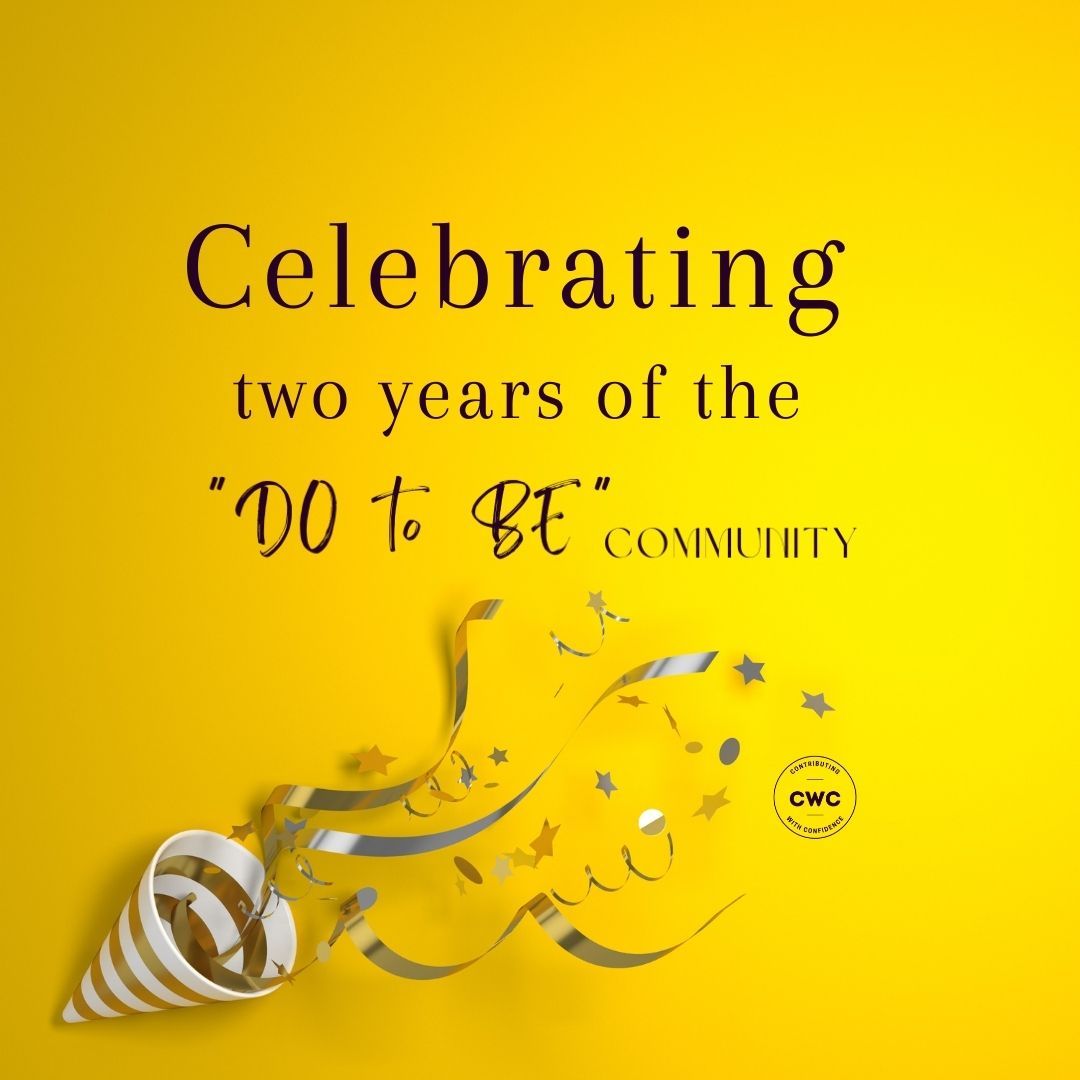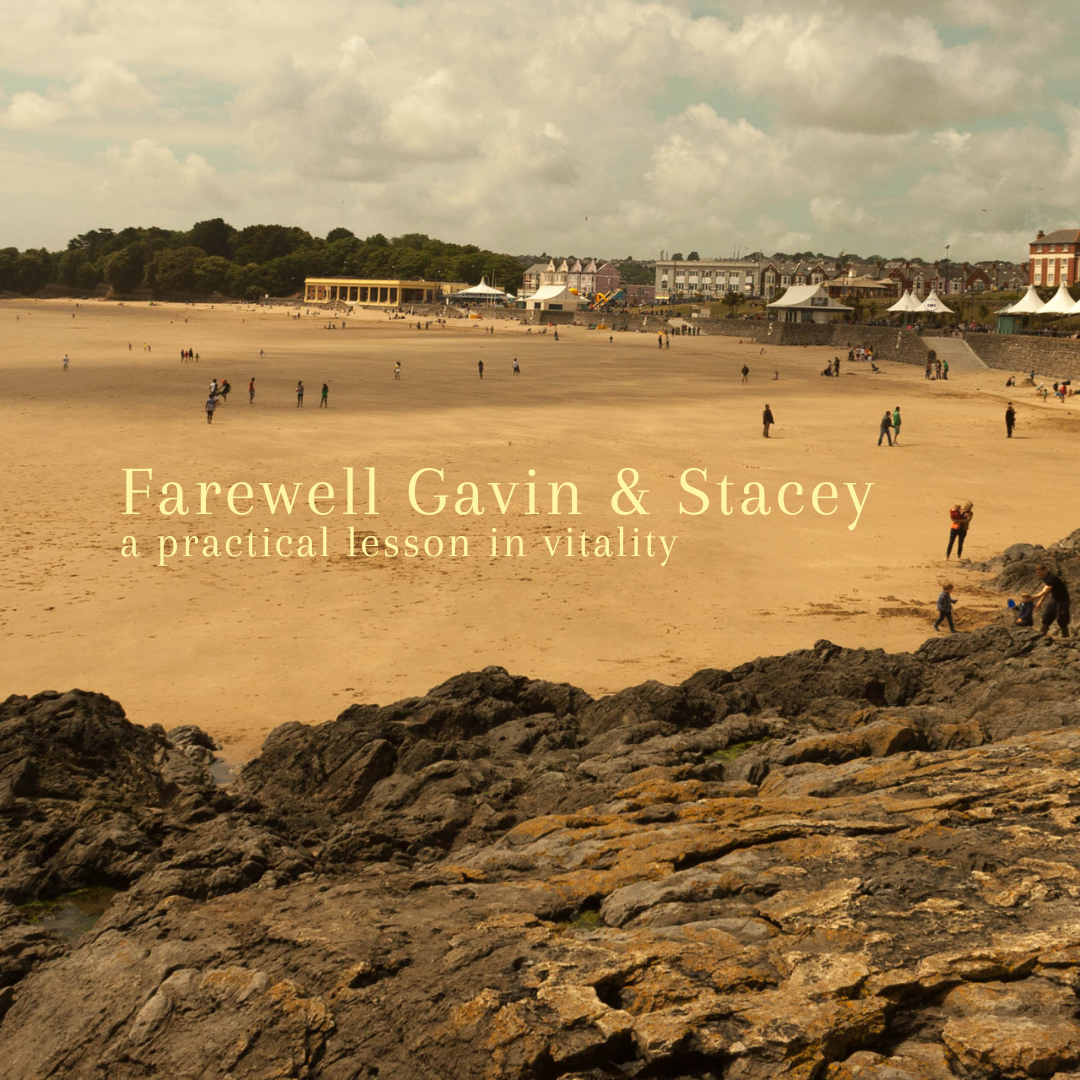Stakeholders and Partnership Building
Working well together - a learned skill or some sort of dark art?

Stakeholders. They get mentioned a lot, on the news, in articles and occasionally in general conversation, depending on who you’re talking to, of course. Are you confident that you know what a stakeholder is? If one came up and bit you, would you identify it? Alternatively, do you know when you are being a stakeholder? Are you confident that you know who all your organisation’s stakeholders are?
Let’s start with the definition.
A ‘stakeholder’ is any individual, group or organisation that is affected by, or can influence, decisions or actions taken by your organisation.
Some stakeholders are actively involved, and others are passive.
So what difference can they make? Working well with stakeholders helps to get things done and provides a solid foundation for making a real difference. However, stakeholders can also prevent activity and in the process of delivering a sustainable project, their potential negative influence needs to be identified early. Mapping is helpful for this.
In mapping your stakeholders, just how formal does that process need to be? Do you need to create a convoluted away day scenario, of could you make use of a corner of your favourite coffee shop and just think and scribble for half an hour or so? That’s how I am writing this article and as a formal mapping methodology for development management practitioners, it is perfectly valid. (I will always defend the right to think creatively in lovely locations, especially if it forms part of a daily mooching practice.) It could also be appropriate to gather people together to do it collectively – it just depends on the situation. Again, it doesn’t need to be particularly formal, it can also help create an excuse to get a group of people together to have a different style of conversation to the more usual, habitual and functional conversations.
Suggested method:
- Grab a couple of sheets of paper and a nice pen.
- Define what part of your work you are working with – is it the whole organisation, or an area of its work, or a project. Is it now, or in the past or future? Write that down – this is your situation of interest (SOI).
- Looking back at the stakeholder definition, scribble down everyone and everything that comes to mind.
- Organise that list in relation to your situation of interest – which of the stakeholders are active and which are passive. Creating two lists here is often helpful.
Now you (and your group, if you’re doing it collectively) have something to discern. For instance, if it is about a current situation, is it what is needed? Are some of those stakeholders on the wrong list? Perhaps there is a different phase of activity coming up soon, and the lists will need to be differently configured. How will you communicate that, especially to those who will need to disengage? How will you invite participation from the currently passive stakeholders who will need to be engaged in the next phase?
Which eases us into the question of partnerships.
A good partnership arrangement requires a shared understanding of purpose, goals and planned methodology and gives space for both parties to be heard.
Some partnership work arrangements require formal documentation, for instance a Service Level Agreement (SLA), but even these can only work well if there has been a period of consultation, discussion and negotiation so that each party understands its place, function and any expected outcomes.
What do you need to communicate and with whom? Looking back at your list, what information do your various stakeholders need? What would help them? How will you create the space to hear their views about your plans? Or perhaps you need to hear their views about something that has already taken place?
It’s important too to monitor and evaluate as you go along in stakeholder relationships, listening and communicating and devising new solutions together, as required.
Where the relationship is less active, good quality communications are required with the passive stakeholders – why is that thing happening (or not happening)? In a similar way that great art is as much about the spaces between objects as the objects themselves, communicating about the gaps and ‘negative’ spaces helps to define the activity and the definite course of action.
Finally… celebration; marking achievement and the steps of progression; forms a critical part of partnership working. Great quality partnership working is not so focussed on the ‘work’ that collective feeling of progress becomes neglected.
If you have any questions or queries about this, especially if you are in the process of mapping stakeholders and building partnerships, feel free to drop me a line or make contact (scroll down for details). I'll be delighted to hear from you and happy to help.
